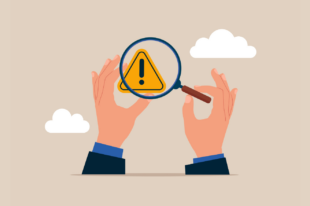PASAI Congress Embraces Digital Demands and Change
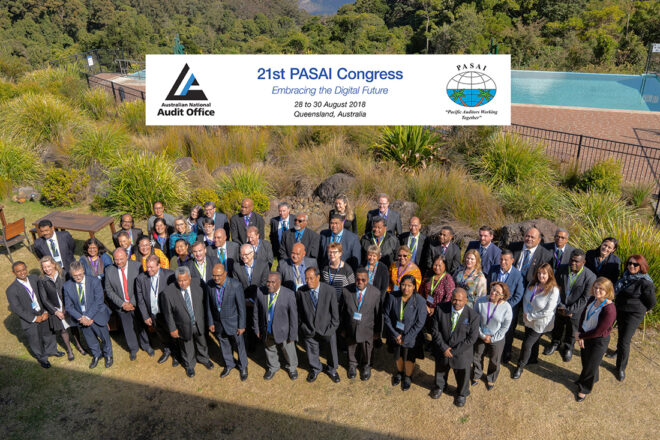
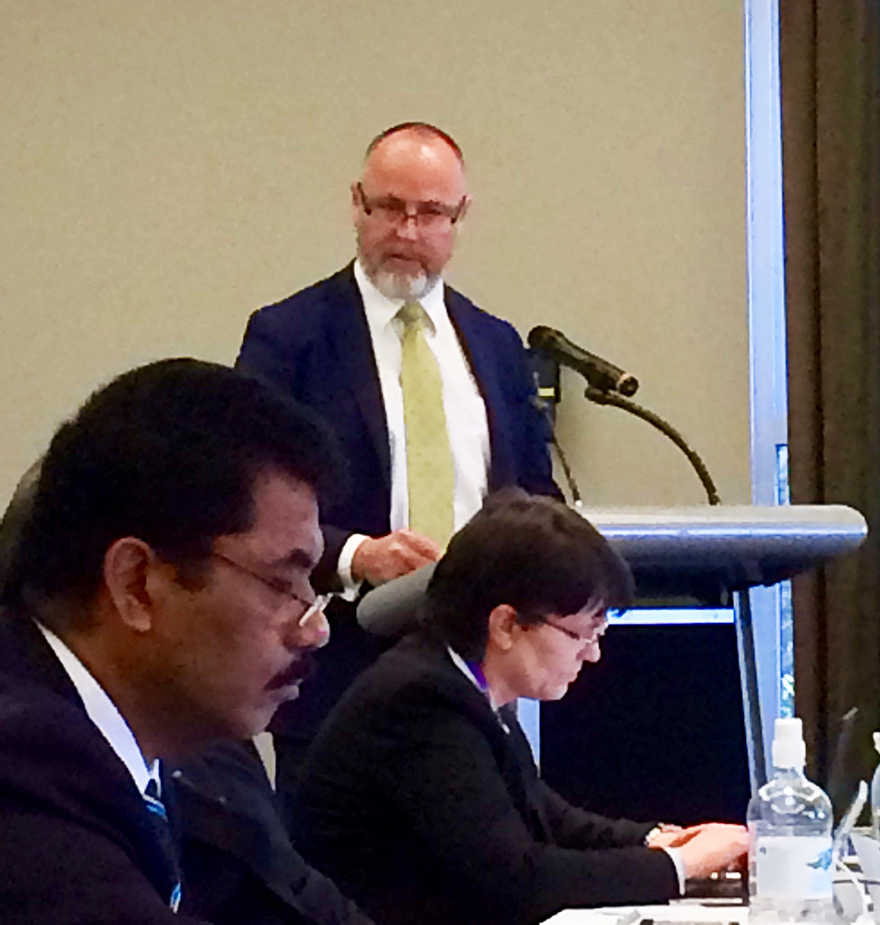
Embracing a digital future requires innovation, imagination, practicality.
Andrew Byrne, DFAT
by Chuck Young, Managing Director, Office of Public Affairs, U.S. Government Accountability Office
The digital age is upon us. It has been called the greatest information revolution since the advent of the printing press. But, how can Supreme Audit Institutions (SAI) adapt?
Stanley McChrystal, United States Army General (retired) once stated bluntly, “There is no avoiding the realities of the information age. Its effects manifest differently in different sectors, but the drivers of speed and interdependence will impact us all. Organizations that continue to use 20th-century tools in today’s complex environment do so at their own peril.”
Organizers of the 21st Pacific Association of Supreme Audit Institutions (PASAI) Congress held in August in Queensland, Australia, recognized this challenge—for every sector of society, including every SAI—and built the Congress around the theme “Embracing the Digital Future.”
Numerous leaders from various sectors provided both practical advice and longer-term strategies on how best to rise to the challenge of adapting to a digital future.
The more than 60 participants representing 19 member SAIs and partner organizations, heard that no single country, and no single government in the Pacific, can meet the challenges of the digital age alone, but must all work together by sharing both challenges and solutions.
“It requires us to be innovative and imaginative but also practical,” added Andrew Byrne, Australian Department of Foreign Affairs and Trade First Assistant Secretary, Soft Power, Communications and Scholarship Division.
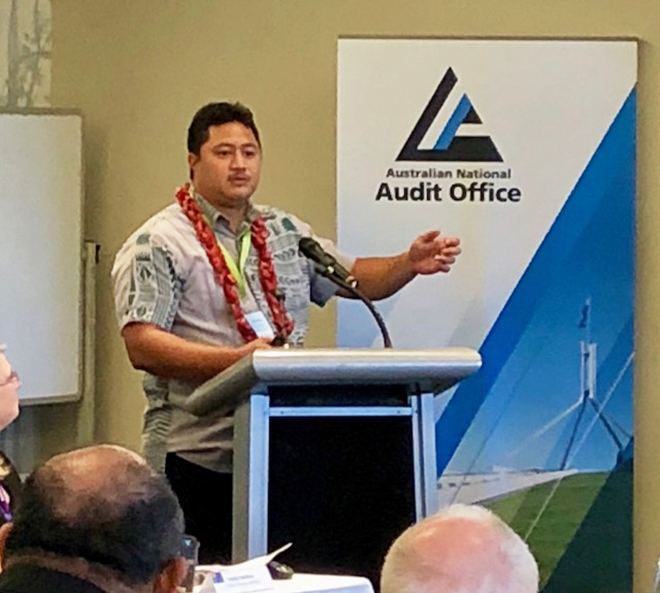
SAI Samoa has spent eight years increasing IT audit capacity, tools.
Terence Su’a, SAI Samoa
There was particular emphasis on the practicality aspect, especially the practicality of using digital tools to gather and analyze data, and it was not just the large Pacific island nations that discussed tackling these issues.
Terence Su’a, SAI Samoa, described how his office has spent eight years increasing the capacity and tools needed for Information Technology (IT) audits.
Keynote speaker, Senator Dean Smith from Western Australia, Chair of the Joint Committee on Public Accounts and Audit, told the group, “Technology is changing how we communicate, as well as how we collect data.”
The formal communique echoed those thoughts, stating, “SAI Heads commended the proposals for steps to establish digital parliamentary communications, especially the possibility for the digital tabling of annual reports. SAI Heads recognized how this would assist in the timely production of annual reports and, in time, in-year reports, and that further digital analysis tools could assist auditors in risk assessment and comparisons between agencies.”
The rapid pace of digital change was explored by Dr. Lucy Cameron from the Commonwealth Scientific and Industrial Research Organization. She identified “megatrends” that could possibly impact auditing, such as artificial intelligence, machine learning, chatbots, service robots, and other forms of automation and robotic processes.
“There are going to be massive changes in the next 20 years,” she emphasized, adding there will be many unknowns that we don’t yet have any data for.
Beyond Essential’s Dr. Michael Nunan, demonstrated practicality in dealing with digital change through a new data visualization tool, Tupaia, that crowd sources health data and makes it available in an app. Aggregated and analyzed data from multiple sources is pulled together to effectively map health systems in the Pacific Islands region.
For example, the data can be used for medical mapping to show medicine availability and health services locations. Data, Dr. Nunan argued, is useless if it’s not presented in a way that is accessible for decision makers.
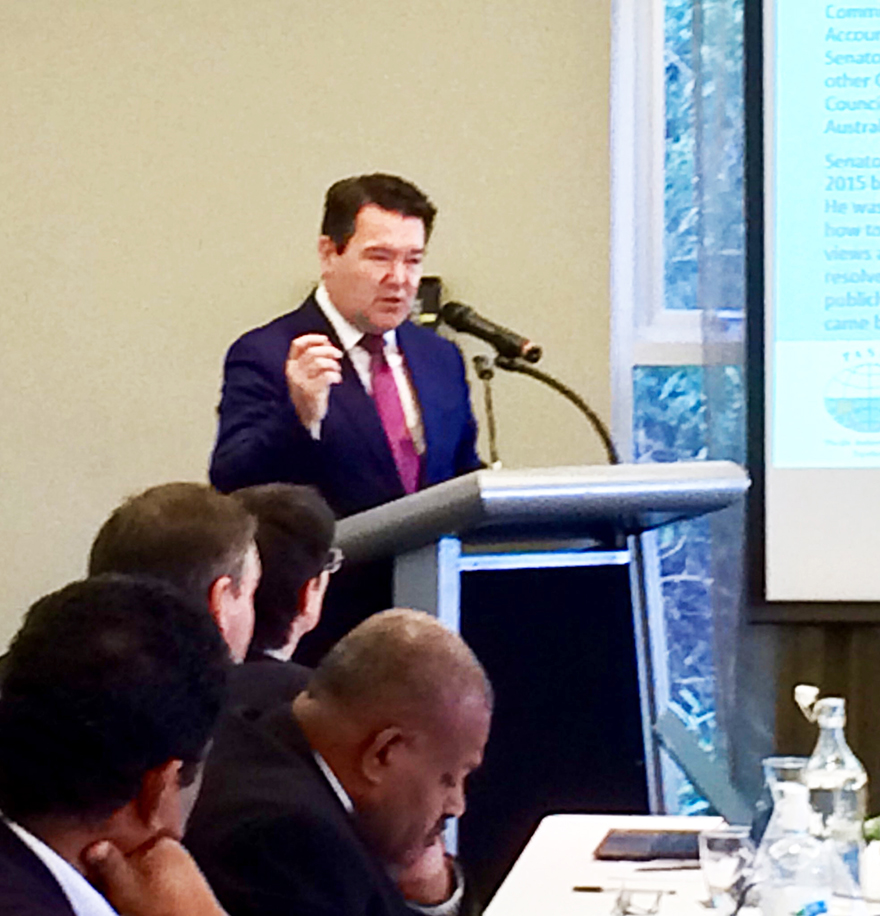
Technology is changing how we communicate and collect data.
Dean Smith, Senator, Australia
“Poor data visualization means you may not as well have the data at all, but digital tools can give people the ability to collect data and use it in meaningful ways,” he said.
Ultimately, as indicated in the PASAI communique, all SAI Heads recognized and agreed on many challenges facing them (in the Pacific context) to achieve digital advancement and optimal use of technology. For many in the region, the common issues faced with digital progression were knowledge and the capacity to keep up with technological advancement; lack of resources, such as personnel and technical ability; and balancing budget priorities to place emphasis on data analysis.
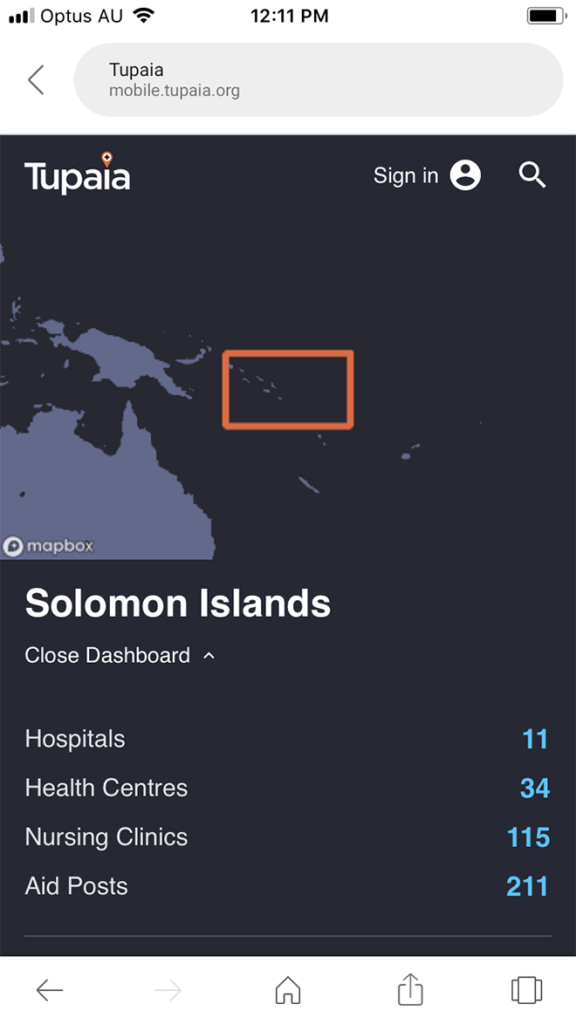
While challenges were recognized, the delegates also looked forward to finding shared approaches to meeting those challenges.
The Congress resolved to undertake an assessment of IT audit and data analysis capabilities across the region for consideration by PASAI’s governing board in February 2019 with the goal of better informing SAIs’ strategic plans and PASAI support programs and learning how to best adapt to the digital age.


